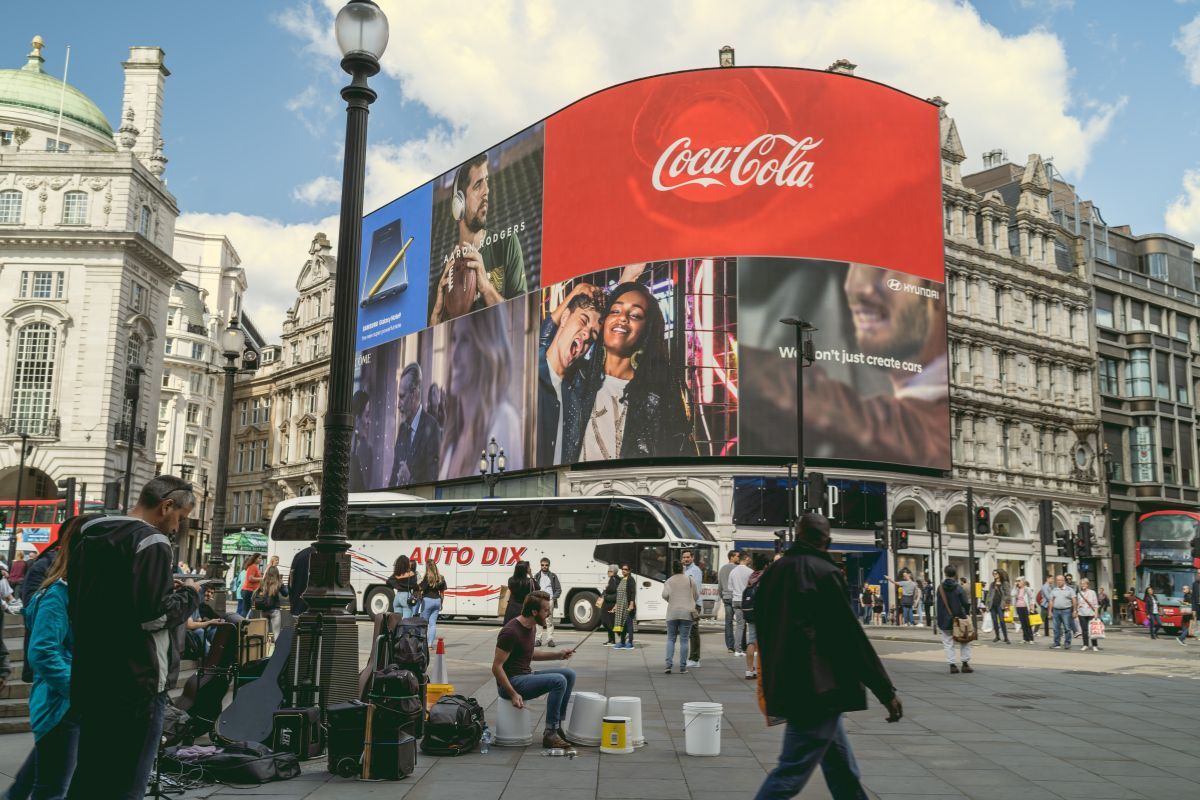What is frequency in media planning?
One of the common questions we hear in media planning is, what is frequency? Frequency means the average number of times someone in your target audience sees your ad in a specific timeframe.
While you might think frequency wasn’t as important as reach (and we’ll get to that), having your message seen multiple times is a key metric for your campaigns. If you think about a busy commuter, the more that person is exposed to your message as they go about their day, the greater the impact you’ll have.
Frequency is particularly effective when you want your target audience to remember a particular message. For example, in our work with ACT, we used media planning to achieve a 43% advertising recall among their target audience of 16 and 17-year-olds.
How do you calculate frequency?
You can work out the frequency for your campaign by dividing your total impressions by the number of unique people you’ve reached. This is often easier with digital ads, but an example would be:
- You’ve reached 10,000 people and gained 20,000 impressions.
- Divide 20,000 by 10,000.
- Your campaign frequency is 2.
What is reach in media planning?
We knew you’d ask… Reach is the number or percentage of people in your target audience who have seen your advertising campaign at least once in a given period. You can use reach to measure the breadth of your campaign’s exposure.
If reach is important for your campaign, choosing media channels like TV ads, radio campaigns or paid social can help you get your brand in front of a large audience.
For an example of reach, say you know the size of your target audience. You also know that your campaign had been seen by half of them. Your reach is 50%.
Put simply, reach and exposure are a little like quantity vs quality. Exactly the right balance will depend on your campaign, and sometimes it’s not possible to achieve both. Read more on frequency vs reach and which we think you should choose.



